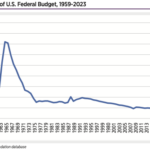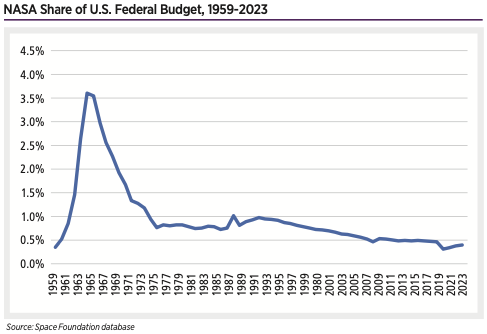India
SNAPSHOT: Global space economy
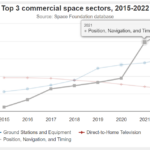
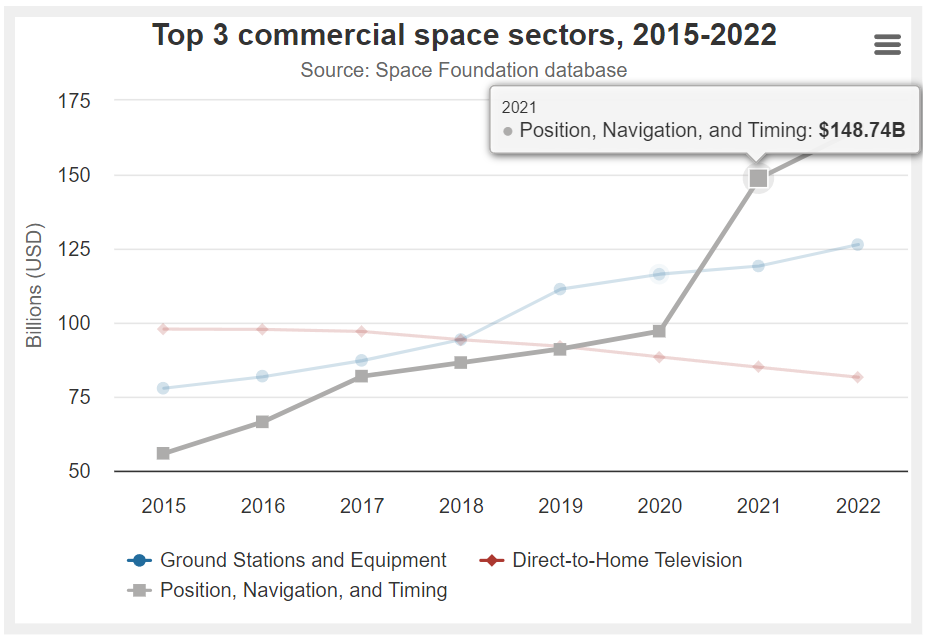
The global space economy totaled $546 billion in 2022, 8% higher than 2021 — and it could reach $772 billion by 2027, according to Space Foundation analysis.
2020s is the busiest decade for Moon landings in 50 years
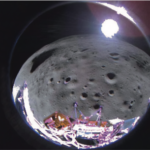
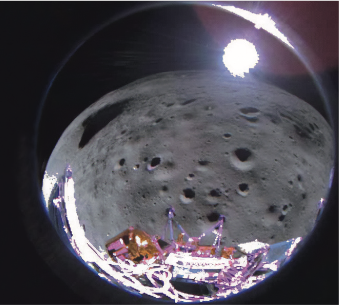
In the span of six months from 2023 to 2024, three countries landed spacecraft on the Moon, and many more are in the works.
SNAPSHOT: New launch vehicles
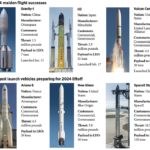
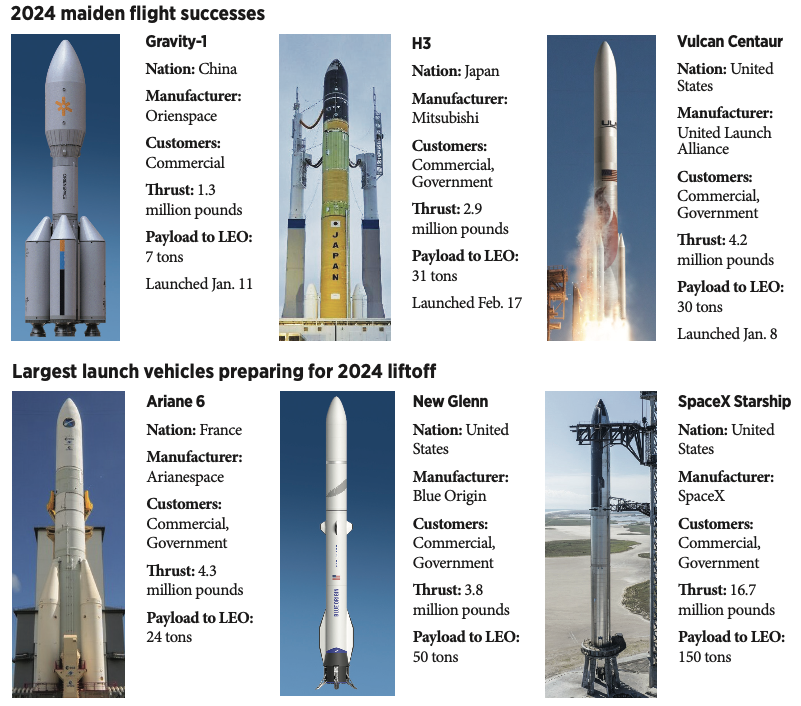
The launches included successful maiden flights for three new launch vehicles. With a dozen more new launch vehicles expected to debut, 2024 appears poised to be a game-changing year in orbital flight.
Launch Attempts by Country and Category, 2023
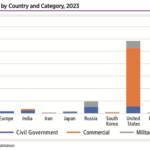
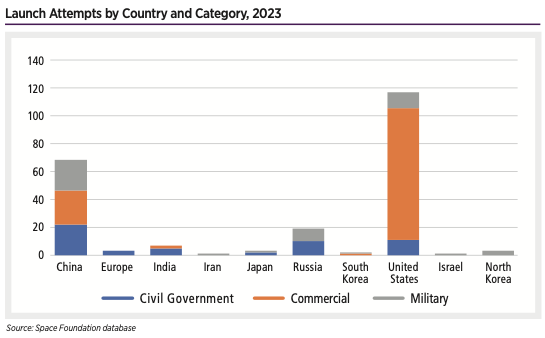
The United States launched 11 military missions in the year, including payloads for the National Reconnaissance Office and a new generation of small communications satellites for the Space Development Agency. Russia launched 10 civil government missions in 2023, including Soyuz launches to send crews to the International Space Station, which remains one area of cooperation between the Kremlin and NASA. India made headlines with its successful launch of a lunar probe while the European Space Agency, awaiting its new Ariane-6 launch vehicle, launched three spacecraft including its Euclid space observatory.
Launch Attempts by Select Nations, 2022-2023
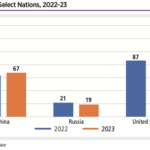
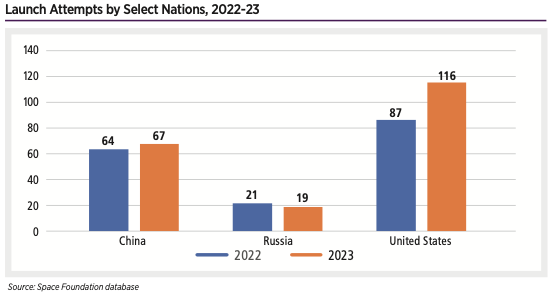
The record number of launches came despite delays that pushed the debuts of several long-anticipated launch vehicles into 2024. It was the third consecutive year to shatter launch records, despite a decline in European and Russian launches.
Up to 14 Large Rockets and Tiny Competitors Are Poised for Launch in 2024
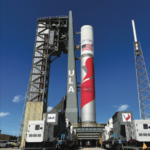
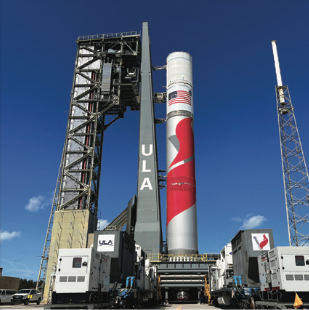
Space leaders in 2023 pondered a lack of launch vehicles to lift anticipated swarms of satellites to orbit. But 2024 could bring relief.
Led by Sharp Uptick in Commercial Demand and U.S. Space Launches, All-time Records Topple for Attempts and Successful Space Flights in 2023
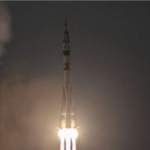
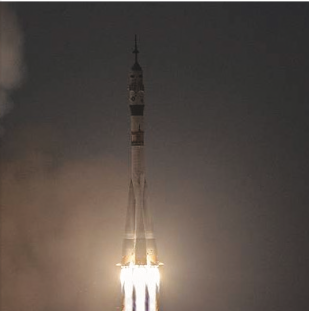
In what was the busiest year of the Space Age, 2023 set records with 223 launch attempts and 212 successful launches. A sharp uptick in commercial space launches drove much of the increase, with the highest number of launches coming from the United States.
Artemis Program vs Total India Space Budget, 2021-2023
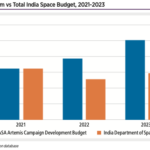
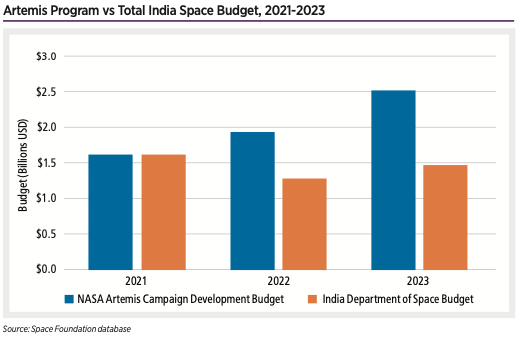
In 2014, four space startups existed in India. In less than a decade, that number increased to 142, according to Goswami.
NASA Share of U.S. Federal Budget, 1959-2023
India Department of Space Employment, 2012-2022
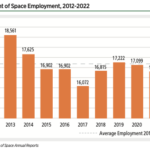
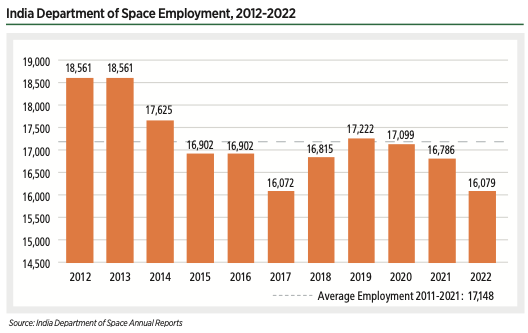
India has traditionally maintained a large government workforce relative to its private space workforce. However, in recent years, the Indian government has been working to grow its commercial space sector.
